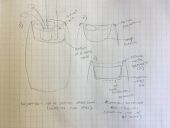I second the recommendation for the Oasis website. It's a very comprehensive look at the topic. I will share some of my choices and thoughts on greywater systems.
I originally researched this topic because it was not possible for me to tie in to septic or sewer. I had to figure out a way of safely and effectively disposing of my greywater. So, my method is not the most effective if you have other goals in mind, such as dispersing the greywater across your entire landscape for irrigation.
I read about and considered adopting multiple greywater systems. The "Green Monster" design, where you have the greywater exit the home and enter a large container with filtering materials, as well as water loving plants, before the water leaves the container ostensibly filtered seemed interesting, but fairly intensive to construct and maintain. Plus, I wanted to use this system for all my greywater, and even when trying to conserve water, the average adult uses quite a bit in a day.
I counted out any system involving pumps, holding tanks, or other larger, more mechanically complex infrastructure. I wanted something simple and low maintenance.
In the end, I settled for a mulch-basin system adapted roughly from the diagram on this webpage:
http://oasisdesign.net/greywater/brancheddrain/ But! I did not want to use a branched drain system, where the flow of greywater gets split multiple times by different pipes, as it seemed this could become clogged much more easily (which would be a nightmare to locate and fix) and required far more time/energy to construct and maintain. Instead, I opted for one large mulch basin.
In the time I've had a mulch basin of this variety, it has required little to no maintenance. The basin is dug into a natural, gradual slope, and is about 70 sq. ft. with three Inkberry bushes planted within. A pipe runs underground from the greywater outlet on the house, down the slope, and into an upside down 5-gallon bucket with holes drilled in the sides. This bucket has been buried within the mulch, and a concrete block acts as the access lid. As an overflow mechanism, there is another pipe running from the top-most ring of holes in the bucket, through the mulch, and down the slope into the furthest area of the basin. When designing a single basin this large, it's helpful to have ways to distribute the water throughout the entire basin, rather than all of it pooling in the source.
People will say you need to put a screen on your greywater outlet, but this was a massive headache for me. Regardless of the thickness of the screen, there would always be sludge buildup and the water flow would back-up. Cleaning that is as bad as it sounds. Ultimately, I just removed the screen. I have drain screens inside the house on all my sinks and showers, as well as wet traps, so there is a barrier of water and a physical barrier for anything that wants to run up the pipe. Since the bucket is underground and buried, it is fairly inaccessible (though by no means impregnable) to anything larger than insects, and since there is only one pipe being used, frequent use of water keeps the pipe flushed out. I've had little to no issues with anything coming up the pipe. That said, mileage may vary based on your climate and fauna.
After figuring all this out, the only thing I now do to maintain the system is to check the outlet in the bucket every few weeks to a month, and if a layer of sludge has formed on the bottom to a degree that water cannot drain through the mulch and into the soil, I poke holes in the sludge wit ha stick and move it around so water can drain.
A basin like this will be a hotbed of life. Slugs, insects of all kinds, and various plants (in my case, clover) will proliferate around the outlet, which I see as a good thing. But don't be alarmed the first time you open your access cover in the spring and see a ton of activity. I once saw what must have been a hatching of drain flies.
As a next step, I plan to inoculate the basin with Winecap mushrooms this spring.
In a year or so, I may need to replace some of the mulch if it has broken down into more compacted soil.
The only other thing I would say is, be sure to use all biodegradable soaps, detergents, etc.!









 2
2




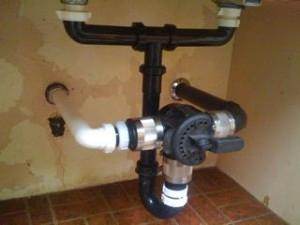
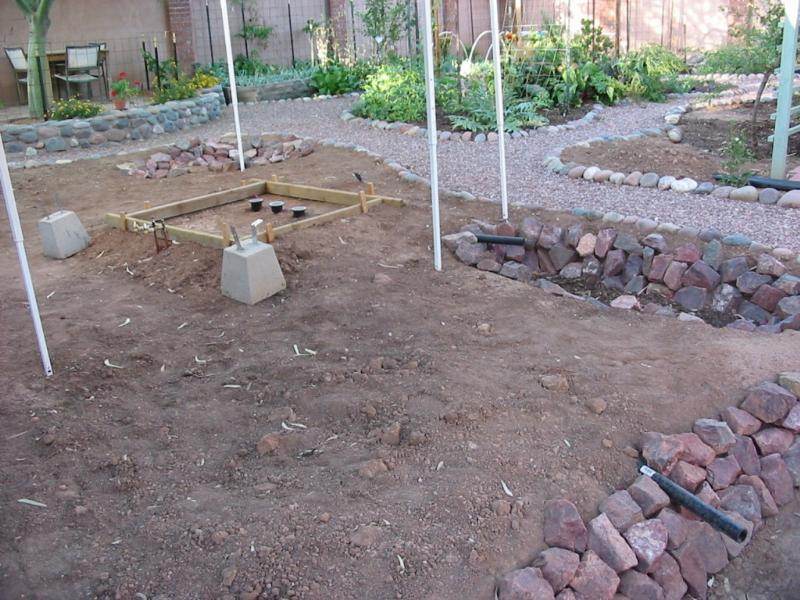




 1
1




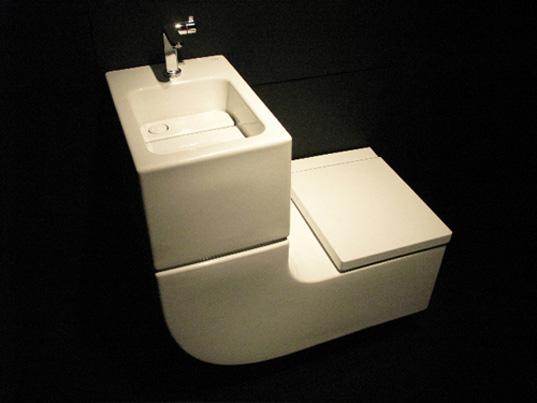
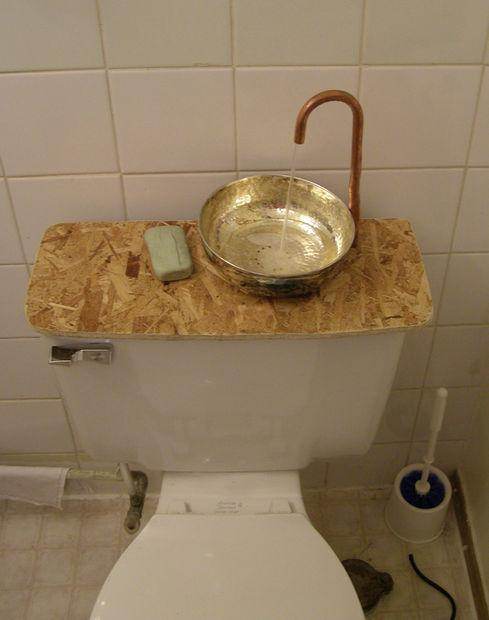








 1
1









 1
1

















 1
1











